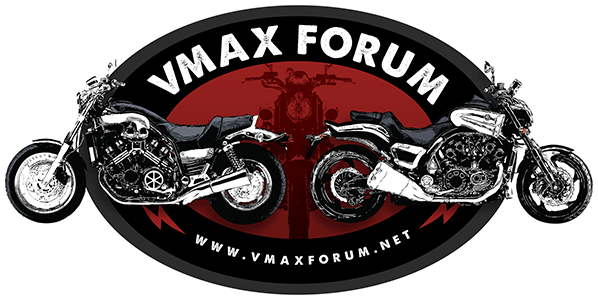So here's how my day went:
Removed rear wheel to get new rubber put on, brought it to a shop, swapped the rubber in 15mins, and headed home to install. I had high expectations and thought I would be riding in no time, considering removing the wheel was way easier than I thought it would be.
Had a hell of a time getting that damn washer lined up inside the differential on left side, but after some playing around I finally got it figured out. But here is where my first real problem showed up:
When I tighter the axle nut (even way below 35lbs of torque) the rear wheel wont even budge, but if I loosen the nut to maybe 15-20lbs, its rotates just fine.
After some searching on here, it seems I might be missing a washer on the right (brake) side. I am pretty much 95% positive there wasn't one there when I took that wheel off though. I searched all over and couldn't find it anywhere, and unless the same thing happened to me that happened to another member who posted a similar problem here (where the washer stuck to the rim and fell off at some point while at the shop), then I'm pretty sure there was no washer there in the first place.
Now onto my second and third problems:
I discovered my clutch master cylinder is completely dry, so now tomorrow I'm going to buy some tubing and bleed the ****** and hope all is well. Should only be a minor issue...
But then I thought, "lets check the brakes". Front brake is fine, fluid is full, but looks a little dark so I'll bleed those tomorrow too probably, but I can spin the tire and apply the front brake and everything works as intended. Yippie.
Now onto the rear brake:
Spin tire, apply rear brake: nothing. Try again, spin tire, apply brake, and nothing. Figure I try one more time, so I spin the tire, applied the brake, and to my relief it worked! But something obviously isn't right, so I tried one more time, but now the tire wont budge. The brake is now permanently engaged.
Does this sound like something a bleed will fix?
Help me VMaxForum.net, you're my only hope!
Removed rear wheel to get new rubber put on, brought it to a shop, swapped the rubber in 15mins, and headed home to install. I had high expectations and thought I would be riding in no time, considering removing the wheel was way easier than I thought it would be.
Had a hell of a time getting that damn washer lined up inside the differential on left side, but after some playing around I finally got it figured out. But here is where my first real problem showed up:
When I tighter the axle nut (even way below 35lbs of torque) the rear wheel wont even budge, but if I loosen the nut to maybe 15-20lbs, its rotates just fine.
After some searching on here, it seems I might be missing a washer on the right (brake) side. I am pretty much 95% positive there wasn't one there when I took that wheel off though. I searched all over and couldn't find it anywhere, and unless the same thing happened to me that happened to another member who posted a similar problem here (where the washer stuck to the rim and fell off at some point while at the shop), then I'm pretty sure there was no washer there in the first place.
Now onto my second and third problems:
I discovered my clutch master cylinder is completely dry, so now tomorrow I'm going to buy some tubing and bleed the ****** and hope all is well. Should only be a minor issue...
But then I thought, "lets check the brakes". Front brake is fine, fluid is full, but looks a little dark so I'll bleed those tomorrow too probably, but I can spin the tire and apply the front brake and everything works as intended. Yippie.
Now onto the rear brake:
Spin tire, apply rear brake: nothing. Try again, spin tire, apply brake, and nothing. Figure I try one more time, so I spin the tire, applied the brake, and to my relief it worked! But something obviously isn't right, so I tried one more time, but now the tire wont budge. The brake is now permanently engaged.
Does this sound like something a bleed will fix?
Help me VMaxForum.net, you're my only hope!








![Bike Phone Mount Holder, [Camera Friendly] Motorcycle Phone Mount for Electric Scooter, Mountain, Dirt Bike and Motorcycle - 360° Rotate Suitable for iPhone & Android Smartphones from 4.5-7.0 inches](https://m.media-amazon.com/images/I/51ZirRrsA+L._SL500_.jpg)



![Bovemanx Motorcycle Phone Mount Holder, [150mph Wind Anti-Shake][7.2inch Big Phone Friendly] Bike Phone Holder, Motorcycle Handlebar Cell Phone Clamp, Compatible with iPhone 16 Pro Max Smartphones](https://m.media-amazon.com/images/I/51F+1sontPL._SL500_.jpg)




















![Lamicall Motorcycle Phone Mount Holder - [Dual Vibration Dampener] [720° Adjustment Arm] Motorcycle Cell Phone Holder, Bike Handlebar Phone Mount, for iPhone 16/15/ 14/13 Pro Max, 4.7-6.7" Phones](https://m.media-amazon.com/images/I/41g9IDInCIL._SL500_.jpg)







